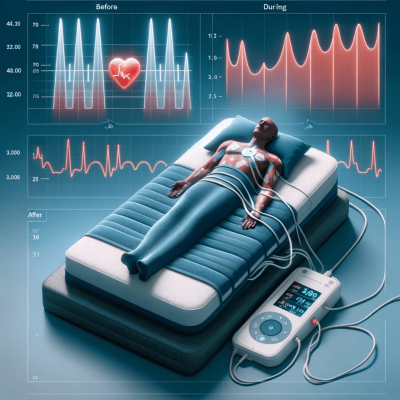Sleep apnea is a condition that affects?over 22 million people?in the US and nearly a billion people worldwide. It?s estimated that 80% of moderate and severe cases are left undiagnosed, which could mean that there’s a far greater number of people who are unknowingly affected by it.
Concern about both sleep problems and the lack of access to health services were highlighted during the pandemic, so health institutions have also been working to use telehealth to bridge the gap. In this article, we?re covering how telehealth provides useful treatment routes for patients suffering from sleep apnea.
Assessing Symptoms of Sleep Apnea
Common symptoms of sleep apnea include loud snoring, coughing, choking during sleep, pauses in breathing, breathing through the mouth, sleeping in unnatural positions, among others. Symptoms can also vary depending on whether a patient is diagnosed with obstructive sleep apnea (OSA) or central sleep apnea (CSA). As early as the diagnosis period, health professionals can already use telemedicine to test for symptoms remotely.
These entail having the patient use an?at-home sleep apnea test kit. The patient will tape a wire to their nose and mouth, securing elastic bands across their chest, and attaching an oxygen monitor to their finger. It should be noted, however, that these kits cannot test for other sleep conditions like restless leg syndrome or periodic limb movement disorder. Despite this, research suggests that at-home sleep apnea tests are just as effective as those done in a sleep lab.
Treating Sleep Apnea
After getting an?online consultation with a doctor, patients are now able to request for telemedicine treatment options. CPAP or continuous positive airway pressure therapy works much like a test kit setup, but the patient will be under constant observation from sleep specialists to track CPAP pressure, air leaks, apnea-hypopnea index, and compliance. This is done through a device and can be given follow-up care by phone or video.
Cognitive-behavioral therapy for insomnia or CBT-I on the other hand entails several therapy sessions that can help patients learn relaxation techniques and burn out their intrusive thoughts. For patients who have been prescribed medication to treat their condition, they can ask for refills or exchanges via e-messaging programs. There are other interventions for sleep apnea, including sleep studies, non-surgical treatments, surgical treatments, and other forms of therapy, but this is dependent on the severity of the condition.
Advantages of Telehealth for Treating Sleep Apnea
Telehealth provides many advantages to patients and health professionals alike. For one,?nurse practitioners in telehealth?are able to more efficiently communicate and give advice to patients remotely. In some cases they can provide answers to patient inquiries and concerns immediately, making the time between diagnosis and treatment much shorter compared to in-person visits. With?the telehealth market set to expand further, this opens a lot of opportunities for health professionals.
CPAP follow-up care is also more easily scheduled thanks to these new technologies. Additionally, health institutions can keep patients safer by allowing for appointments without having patients leave their homes and face exposure to outside risks.
Moreover, in underserved and rural areas across the country and the globe,?access to health specialists?can be limited. Clinics and hospitals are far away, and patients will most likely not be able to find a sleep specialist in their vicinity. Technology today at least allows for video communication even in areas with low internet speeds. In the near future, developments in telemedicine could mean better reach and diagnosis, to help even more people receive treatment.
Overall, telehealth helps break down major barriers to sleep apnea diagnosis and care. It?s something that benefits patients and the healthcare system as a whole, and looks likely to play a large role in managing sleep apnea and other diseases in the future.








